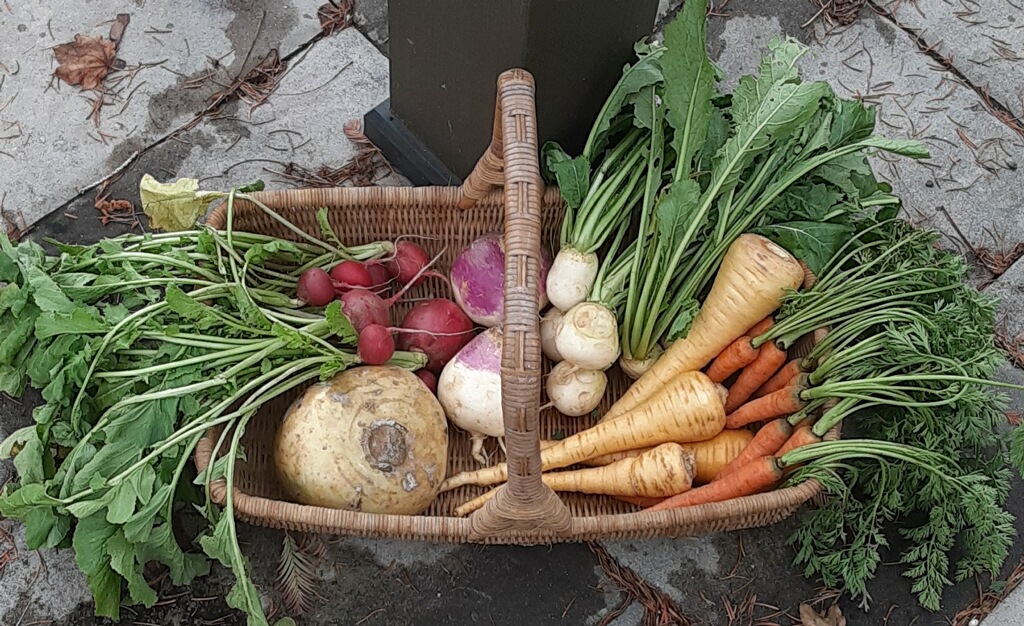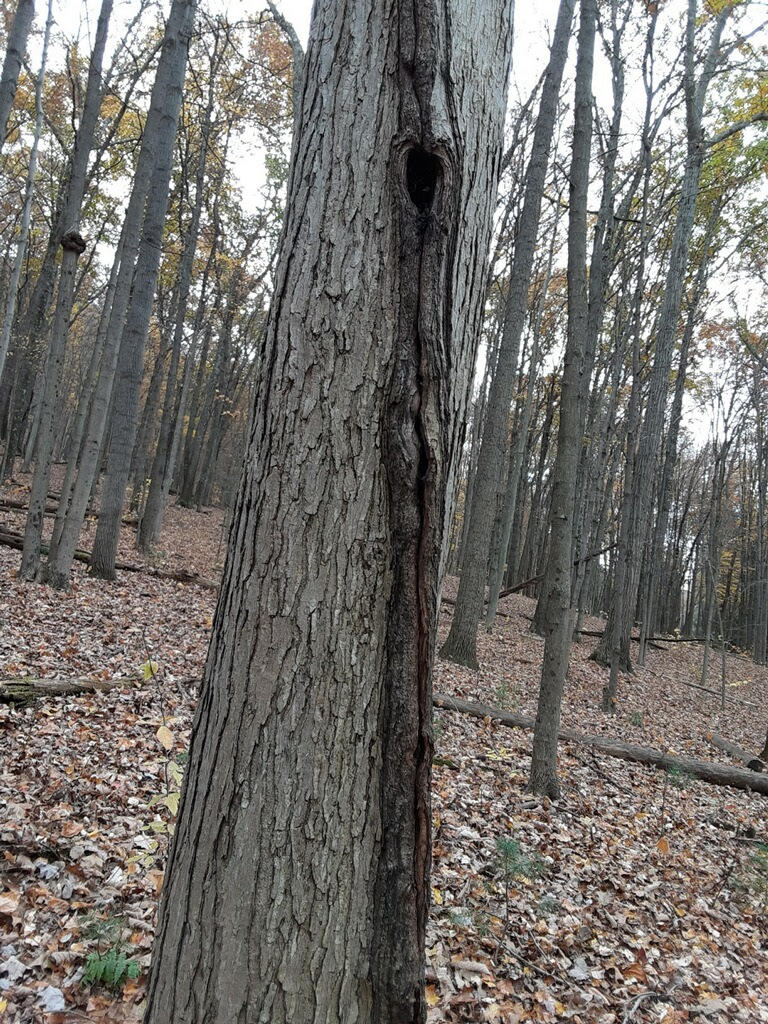By Susan Sprout
The great enjoyment I get by writing this plant blog is sometimes overshadowed by the amazing things I learn while doing it: how plants grow and where, their uses over time, their development and evolution. Questions always appear in my mind that make me want to dig a little deeper. So I jot them down, making lists of ideas, quotes, plant names to look into later. RuBisCO was one I wrote down last year – what is it? What’s it do? Why do we need it?

RuBisCO is an enzyme, a special class of protein that speeds up the rate of a specific chemical reaction in a cell and can be used over and over without being destroyed. Its full chemical name is Ribulose Bisphosphate Carboxylase/Oxygenase and is found in ALL green photosynthesizing plants, algae, and certain kinds of bacteria in the whole world. It may have evolved over 2.4 billion years ago before the Great Oxygenation Event when cyanobacteria transformed the earth’s atmosphere by producing oxygen through photosynthesis (Science News, UC Davis 8/31/20).

I began my search with “photosynthesis” and found out that carbon, C numbered 6 on the Periodic Table of Elements, is a main building block of proteins, fats, muscles, DNA, carbohydrates (sugars, starches, cellulose). It constitutes about 18% of the human body mass, not in pure form, but in millions of carbon atoms that form thousands of molecules in just about every one of our cells (maybe 25 pounds worth in an adult) AND the cells of all living organisms on this planet.

But how does carbon get inside us? It is an inorganic element that is locked in minerals like coal, or in carbon dioxide in the atmosphere. Living things cannot absorb and use it in those forms, unless the carbon is changed into an organic form. Well, that is, except for photoautotrophs – organisms that are able to use the energy of sunlight and inorganic carbon to produce organic carbon in their tissues. RuBisCO is found in all of the lovely green leaves of plants, in the millions of cells that contain chloroplasts containing chlorophyll. There, using carbon dioxide that comes into leaves by way of tiny pores, AND water from plant tissues, AND light energy from sunlight, organic carbon is created by complex chemical reactions in the form of glucose or other sugars that are used as food or stored and oxygen as a by-product that is “exhaled” by the leaves. When the sun shines, the plants make food. Is that neat – created by life… for life!
We can count on RuBisCO to continue on making food for plants and trees and animals, including us. There’s a lot of other “counting” going on in regards to the amounts of carbon being removed from the atmosphere by all the plants and trees. USFS has reported that the photosynthesis done in American forests sequesters over 800 million tons of carbon per year. The trees themselves are considered a carbon sink because wood is made up of about 50% carbon. At this point in OUR evolutionary history, we need every carbon sink we can get!!

